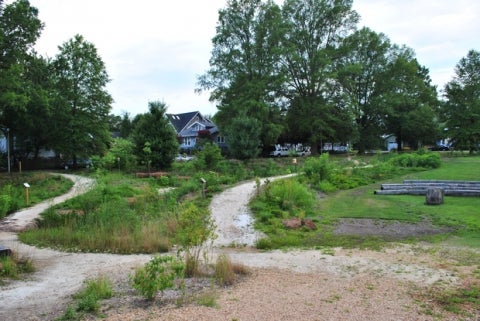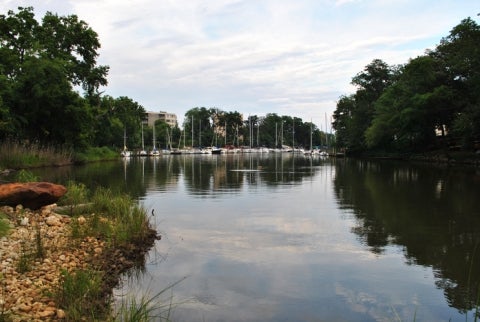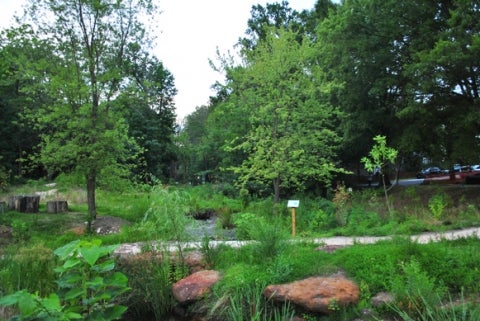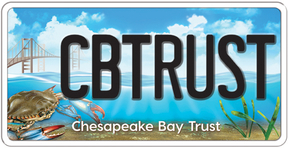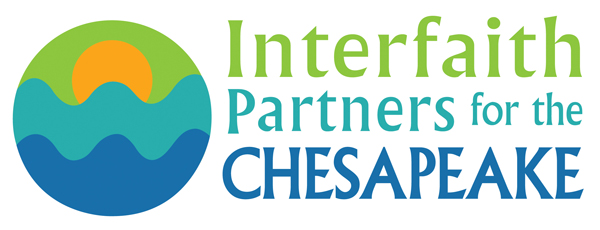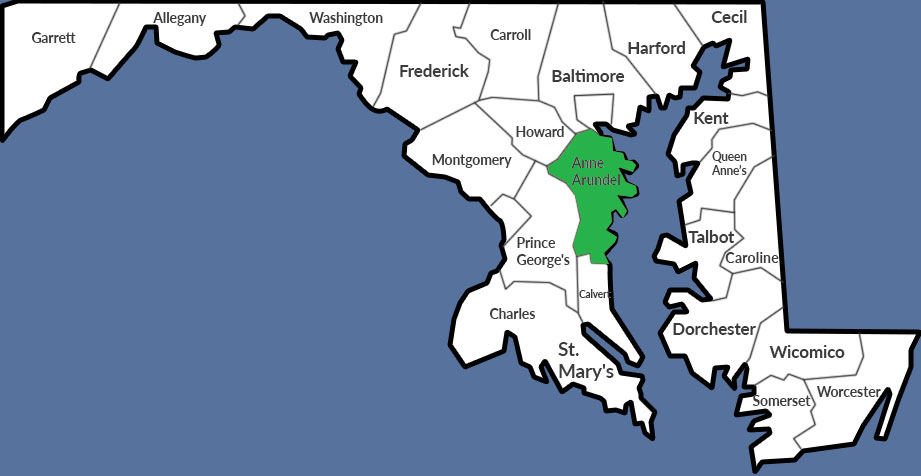St. Luke’s Episcopal Church Restoration of Nature

Parts of the Chesapeake Bay watershed contain a high percentage of impervious cover – paved or other hard surfaces such as roofs and roadways that prevent rain water from being absorbed into the ground. Instead, water runs along these surfaces, collecting trash and substances such as motor oil, lawn fertilizers, and pesticides. This polluted stormwater flows into streams and rivers, where it threatens aquatic ecosystems and public health.
Effective stormwater management, on the other hand, creates safe paths for polluted runoff to be captured and filtered through the ground before it reaches waterways. This helps keep the environment clean and our communities healthy!

Project Location: Annapolis, MD
Problem: During rain events, the surrounding 28-acre urban area washed polluted runoff into Back Creek, located directly behind St. Luke’s Church. The runoff smothered habitat for aquatic animals and flushed sediment, chemicals, heavy metals and oil into the creek headed towards the Severn River. This cove of Back Creek became unhealthy and unfishable. The church's property and the creek banks were completely eroded. Mosquitoes and invasive weeds dominated their land. The invasive vines choked out almost all native plants.
Solution: St. Luke’s decided to take action and “care for creation” -a massive stream restoration project. The project recreated a historic stream, wetland, tidal marsh, and living shoreline with over 9,000 of 100 plant species placed throughout the site. The pipe system that discharged directly into Back Creek was raised to capture runoff as soon as possible. Polluted runoff now flows down a series of step pools that slow the water and spread it out, allowing water to soak into the ground and replenish the aquifer. At the same time, the water is cleaned as it seeps through the naturalized stream channel.
Community engagement: Community volunteers including watershed stewards, church goers, and midshipmen from the US Naval Academy, contributed over 6,000 hours to this community project. The restoration created a green space for the surrounding community and is open to the public. It serves as an environmental learning center, and a meditative place to connect with nature.
Results: This project creates clean water which makes the coast of Annapolis more resilient, stops tidal flooding, and supports additional wildlife in the expanded wetland and forest.
Award-winning: The project won 2nd place in the Chesapeake Stormwater Network 2019 “BUBBA’s” Best Management Practice in the Retrofit Category.
Scale: 4 acres of restoration & an environmental education trail
Cost: $1.4 million
Funding Sources: Chesapeake & Coastal Bays Trust Fund; The National Episcopal Church; United Thank Offering; Riverwise Congregations; Watergate Pointe; Annapolis Subaru; Back Creek Conservancy; Chesapeake Bay Trust; Eastport Civic Association; Maryland Environmental Trust; St. Margaret’s Episcopal Church; Severn River Association; Unity Gardens; Private donors
St. Luke’s project site: https://go.umd.edu/5AZ
BUBBA Award: https://go.umd.edu/5A4

